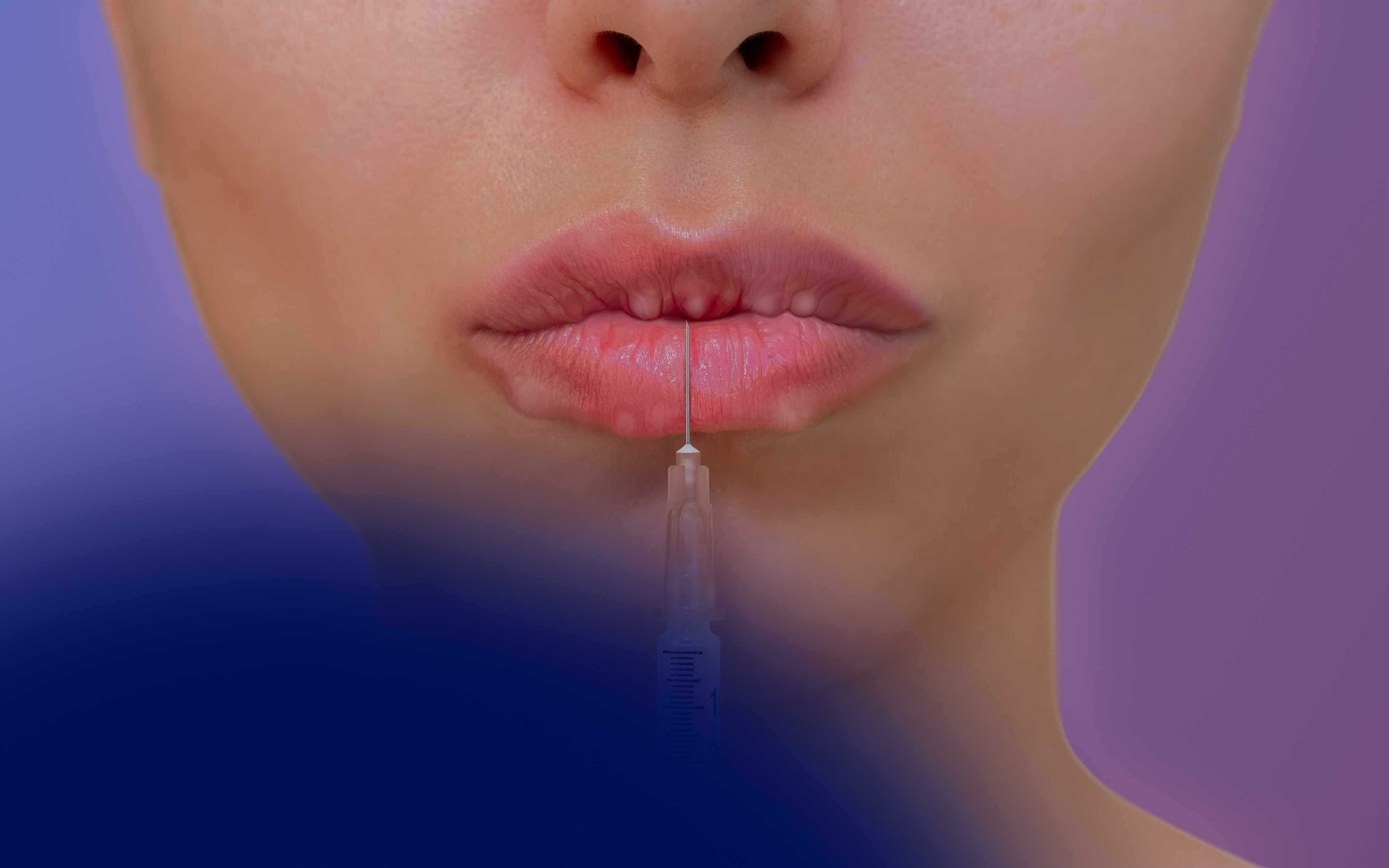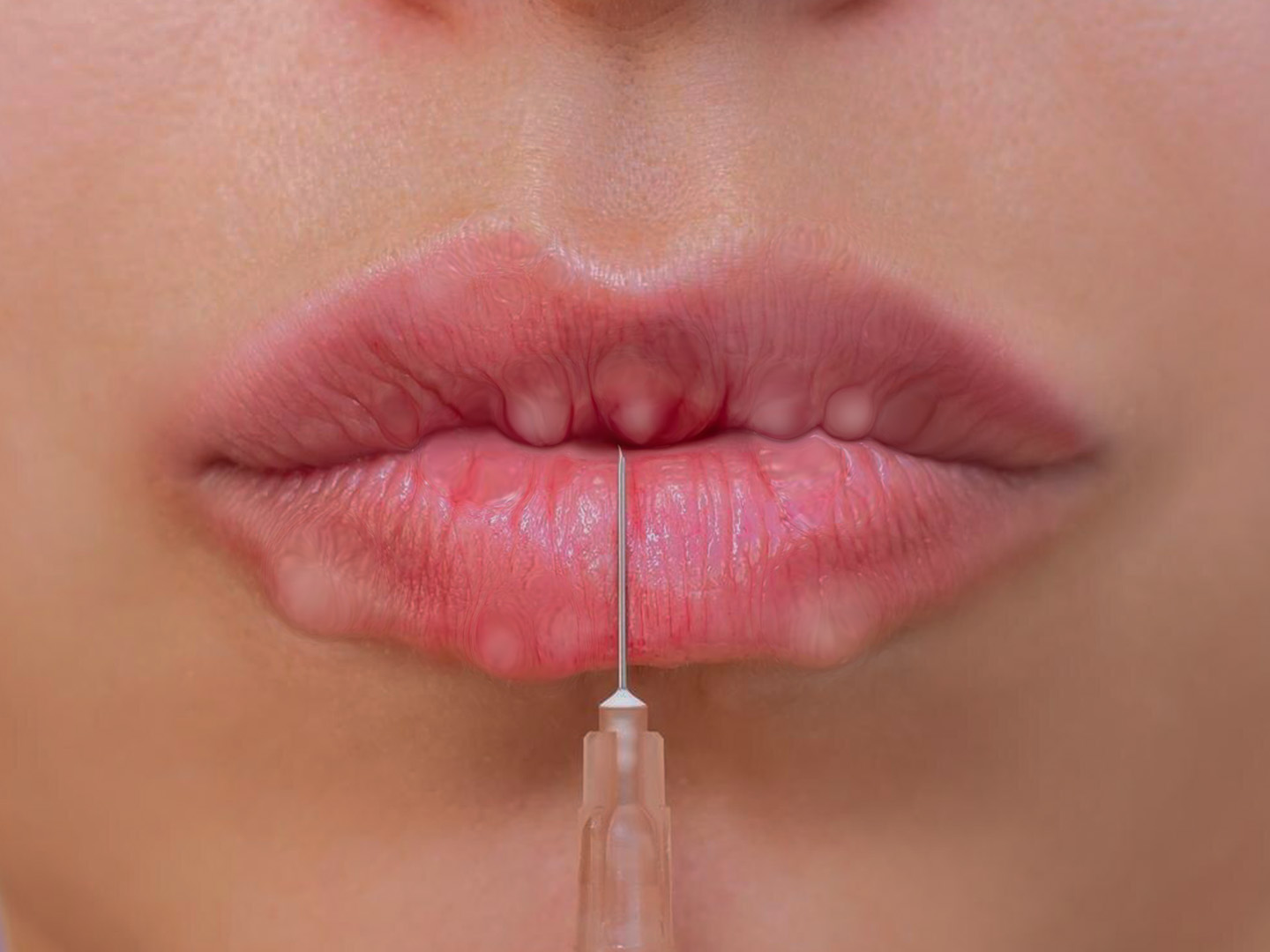
Lip filler treatments are widely sought after for enhancing volume and achieving a youthful, balanced look. However, even months after the procedure, some patients notice small irregularities in the form of persistent lumps. While many of these are benign and manageable, aesthetic professionals and patients must understand the potential causes and clinical significance of such lumps.
Additionally, persistent irregularities are sometimes misidentified as nodules, which have a different clinical profile. To differentiate between the two, read our detailed guide on lip filler nodules. Understanding these nuances is key to effective treatment and patient reassurance.
Clinical Overview: Understanding Lip Filler Lumps Months Later
Lip filler lumps months later after treatment can range from mild, non-threatening irregularities to symptoms requiring clinical intervention. Treatment approaches vary depending on the nature and cause of the lump.
For instance, non-invasive methods such as massage may suffice for minor cases, while enzymatic dissolution using hyaluronidase is often necessary when the filler is poorly integrated or migrated. The clinical judgment of a trained injector is essential for deciding when action is needed and what intervention is most appropriate.
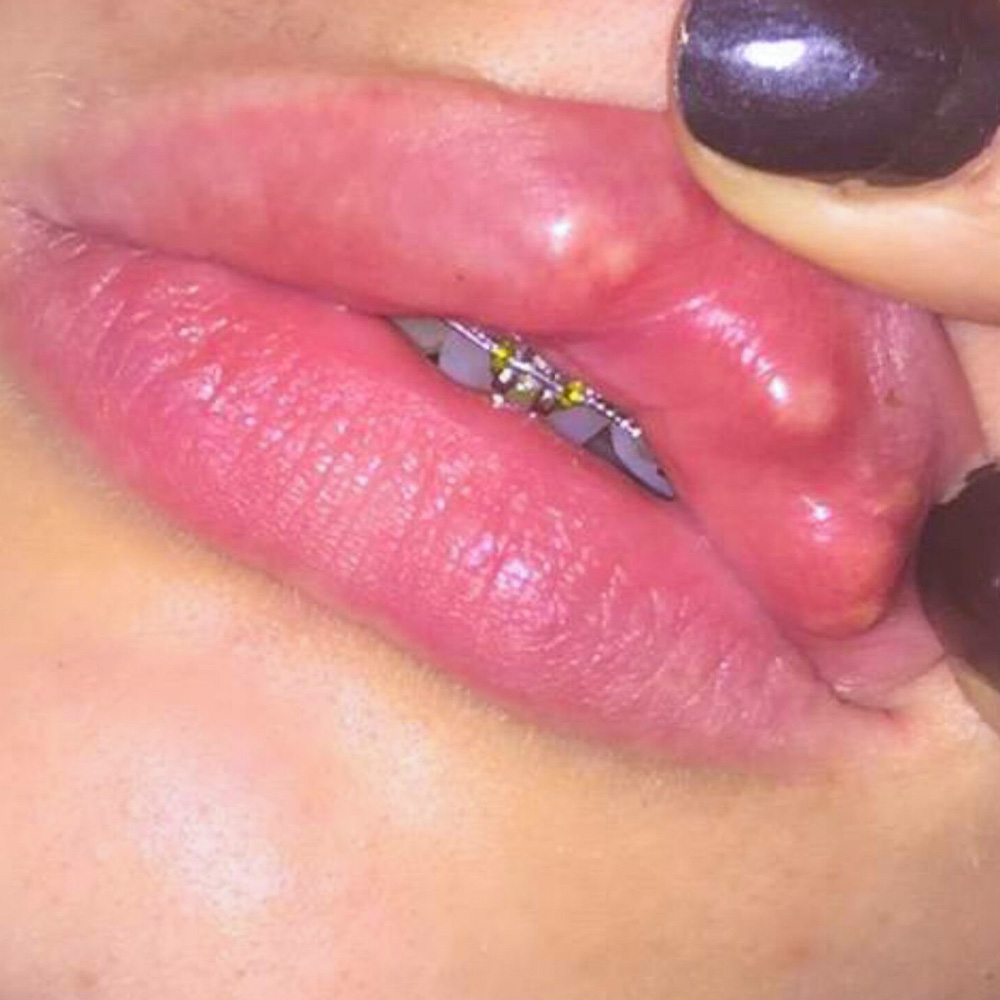
Identifying the Root Cause: Why Lip Filler Lumps Develop
Understanding the contributing factors behind lip filler lumps is key to managing and preventing them. These lumps may result from multiple overlapping causes:
- Normal post-treatment swelling: Minor asymmetries and soft lumps are expected during the first week or two as the filler settles and the tissue reacts.
- Product-related issues: High-cohesivity hyaluronic acid gels can clump together or fail to integrate properly, leading to persistent lumps.
- Technique factors: Uneven filler placement, excessive volume in a single area, incorrect injection depth, or lack of post-treatment massage may contribute to lump formation.
- Patient-specific variables: Skin quality, hydration, metabolic rate, previous filler history, and overall tissue response influence how the filler behaves and settles.
Clinical Evaluation of Persistent Lip Filler Lumps
When a patient presents with a lip filler lump that persists for more than two to four weeks, a structured clinical evaluation is essential. Palpation can help differentiate between soft, fluid-like accumulations and firmer, more fibrotic structures. A mobile and non-tender lump is usually benign, whereas a fixed or painful lump warrants further assessment.
Signs such as erythema, tenderness, or sudden changes in size raise red flags for possible complications. In some cases, high-frequency ultrasound can be used to evaluate the filler placement, depth, and presence of encapsulation or granuloma. Timely diagnosis ensures better treatment outcomes and helps prevent progression to more serious conditions.
Diagnostic Considerations: When to Suspect Complications
Although most lip filler lumps are harmless, some may signal underlying complications such as granulomas, biofilms, or delayed hypersensitivity reactions. These conditions often present weeks or even months after treatment and may be accompanied by inflammation, hardness, and progressive discomfort.
It is important to distinguish between inflammatory and non-inflammatory lumps. Granulomas and nodules often indicate an immune-mediated response and may require corticosteroids or further intervention. Biofilm-related complications, resulting from low-grade bacterial contamination, are more insidious and can mimic simple lumps. Identifying these signs early is crucial for proper management.
Management Approaches for Late-Onset Lip Filler Lumps
When lumps appear or persist months after lip filler treatment, the first step is to assess severity. These cases typically resolve within a few months without intervention. For more resistant cases or those involving visible distortion, treatment may include:
- Gentle massage techniques to help redistribute product, especially for soft, mobile lumps.
- Warm compresses to support lymphatic drainage and soften minor irregularities.
- Hyaluronidase injections to dissolve filler in areas where the product is poorly integrated or mispositioned.
- Referral to specialists for imaging or biopsy in cases of suspected granuloma or biofilm.
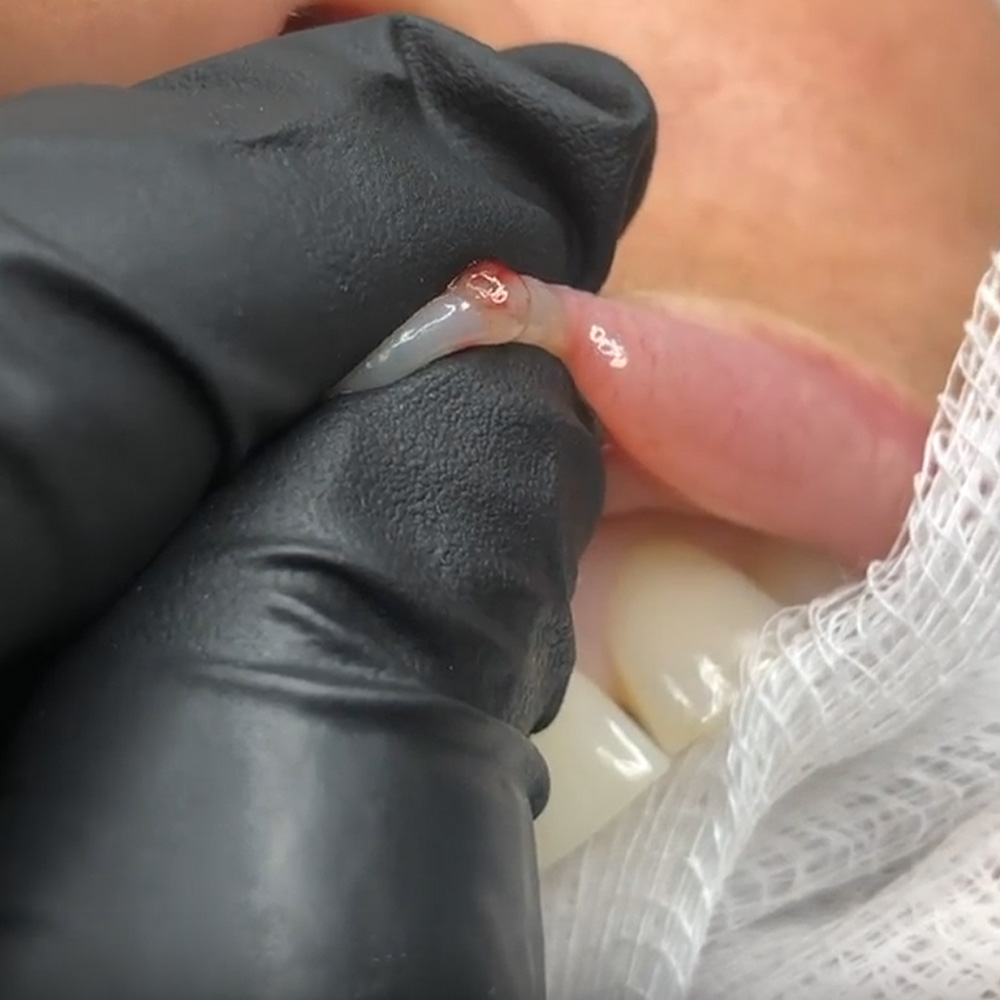
Preventative Strategies in Aesthetic Practice
A proactive approach can significantly reduce the likelihood of developing lip filler lumps months later. Prevention hinges on product knowledge, refined technique, and informed patient care. Consider the following strategies:
- Choose the appropriate filler: Select a hyaluronic acid filler with the right viscosity and cohesivity for the lip area.
- Understand anatomical variations: Assess each patient’s lip structure, skin thickness, and muscle activity to guide injection planning.
- Refine injection technique: Use slow, controlled injections with small boluses at the correct depth to avoid uneven product placement.
- Avoid overfilling: Adhere to conservative volume guidelines and consider staged treatments for best results.
- Commit to ongoing training: Stay current with the latest techniques and product innovations through hands-on workshops and aesthetic medicine training at HubMed Ed.
- Educate the patient: Provide detailed aftercare instructions, including guidance on when and how to massage if needed.
- Schedule follow-ups: Encourage patients to return for follow-up appointments so early concerns can be addressed before they become persistent.
- Injection technique: Small boluses, slow injection speed, and appropriate depth all contribute to a smooth, natural outcome.
- Post-procedure care: Aftercare and massage techniques play a critical role in preventing unwanted irregularities.
Post-Treatment Guidance and Education
Clear communication with patients after a lip filler procedure is vital to managing expectations and identifying concerns early. Patients should be informed about normal post-procedure sensations, including minor lumps or swelling, and how long these should last.
Providing guidance on when to massage, how to care for the treated area, and which symptoms require follow-up helps reduce anxiety and improves outcomes. Knowing the difference between a harmless lump and a complication empowers patients and fosters trust in their aesthetic provider.
Role of Imaging and Documentation in Chronic Cases
In chronic or unclear cases of lip filler lumps, imaging and thorough documentation can aid diagnosis and treatment decisions:
- Use of high-frequency ultrasound: Allows clinicians to visualize the depth and location of filler, assess tissue integration, and identify signs of encapsulation or granuloma.
- MRI for complex presentations: Reserved for advanced cases where biofilm or granulomatous reaction is suspected and ultrasound findings are inconclusive.
- Comprehensive procedure records: Documenting filler type, batch number, injection technique, and aftercare instructions supports ongoing evaluation and minimizes legal or safety concerns.
- Consistency in follow-up: Maintain regular patient reviews and compare outcomes against original documentation. This helps identify changes early and improves long-term care.
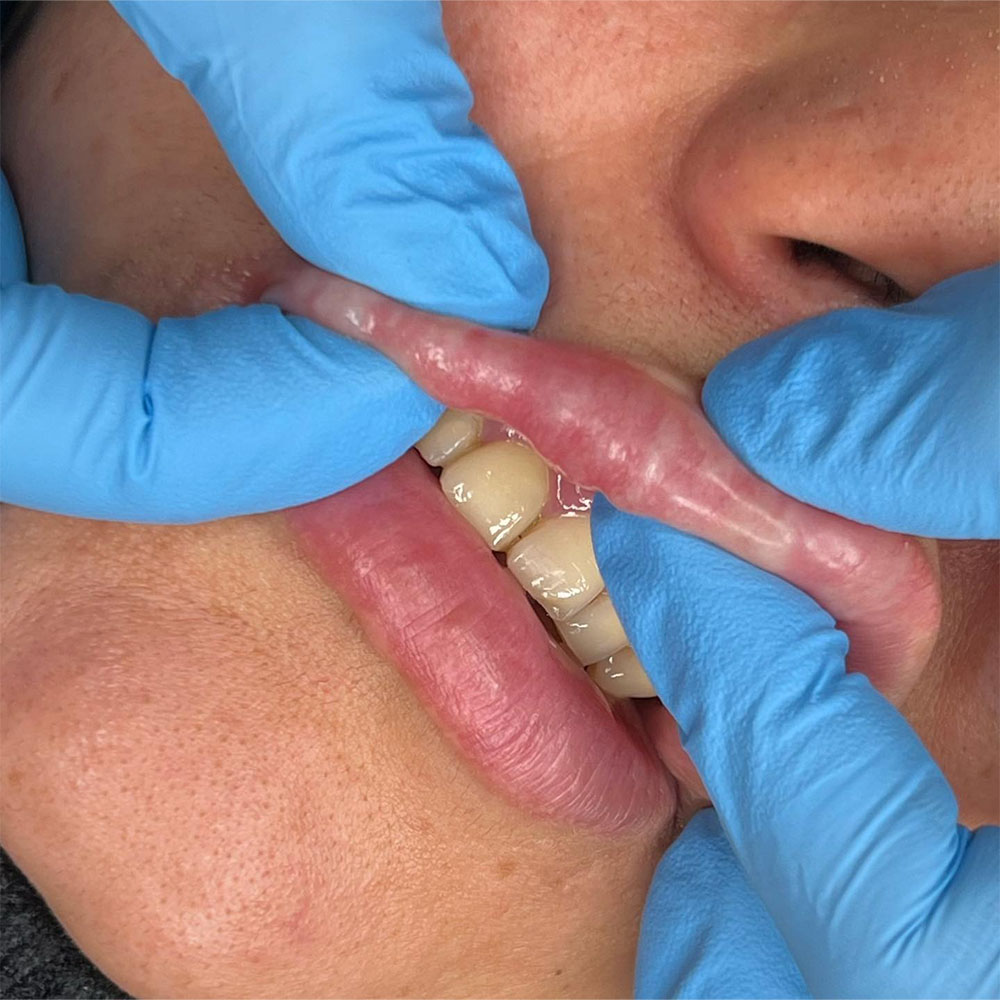
In Conclusion
Persistent lip filler lumps months later are a challenge that requires clinical insight, patient education, and precise management. While many lumps are benign and resolve naturally, some may require intervention or even referral. Staying informed through resources like HubMed Ed ensures practitioners can confidently assess, treat, and prevent complications.
FAQs
What is the difference between lip filler lumps and lip filler nodules?
Lip filler lumps are usually soft, mobile, and non-inflammatory, often related to product placement or integration. Nodules, on the other hand, are firmer, more fixed, and may indicate immune or infectious complications. Learn more in our article on do filler nodules go away.
Can filler lumps be permanent?
Most filler lumps are temporary and resolve with time or massage. However, if the filler becomes encapsulated or is placed incorrectly, the lump may persist for months and may need to be dissolved.
How to get rid of lip filler nodules?
Nodules typically require professional treatment. This may include hyaluronidase, steroids, or antibiotics, depending on the underlying cause. Do not attempt to treat nodules at home.
Can filler lumps be massaged out?
Yes, many soft filler lumps can be gently massaged out, especially within the first few weeks after treatment. However, persistent or hard lumps should be assessed by a professional before attempting massage.
When to worry about lip filler lumps?
You should be concerned if the lump is painful, red, rapidly growing, or appears suddenly months after treatment. These could be signs of a complication and require prompt medical evaluation.
References:
- Urdiales-Gálvez F, Delgado NE, Figueiredo V, et al. Treatment of soft tissue filler complications: expert consensus recommendations. Aesthetic Plast Surg. 2018;42(2):498-510. doi:10.1007/s00266-017-1063-0. https://pmc.ncbi.nlm.nih.gov/articles/PMC5840246/
- Lemperle G, Rullan P, Gauthier-Hazan N. Avoiding and treating dermal filler complications. Plast Reconstr Surg. 2006;118(3 Suppl):92S–107S. doi:10.1097/01.prs.0000234672.69287.77. https://www.researchgate.net/publication/6851216_Avoiding_and_Treating_Dermal_Filler_Complications
- Martin LHC, Hankinson PM, Khurram SA. Beauty is only mucosa deep: a retrospective analysis of oral lumps and bumps caused by cosmetic fillers. Br Dent J. 2019;227(4):281–284. doi:10.1038/s41415-019-0656-y. https://www.nature.com/articles/s41415-019-0622-y
Disclaimer:
This article is intended for licensed medical professionals. All protocols, dosages, and treatment insights referenced herein are based on published literature. The content is not intended to encourage application, diagnosis, or self-treatment of unlicensed individuals, and should not be used as a substitute for the clinical judgment of a qualified healthcare provider.
